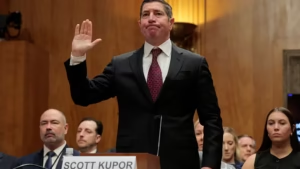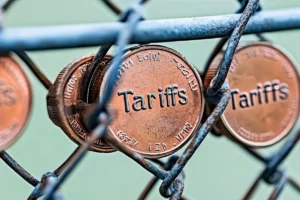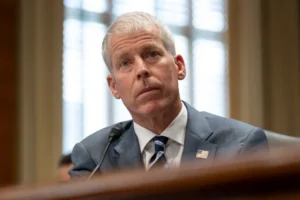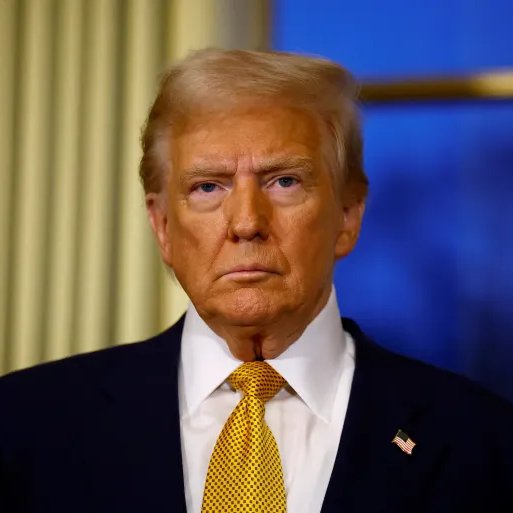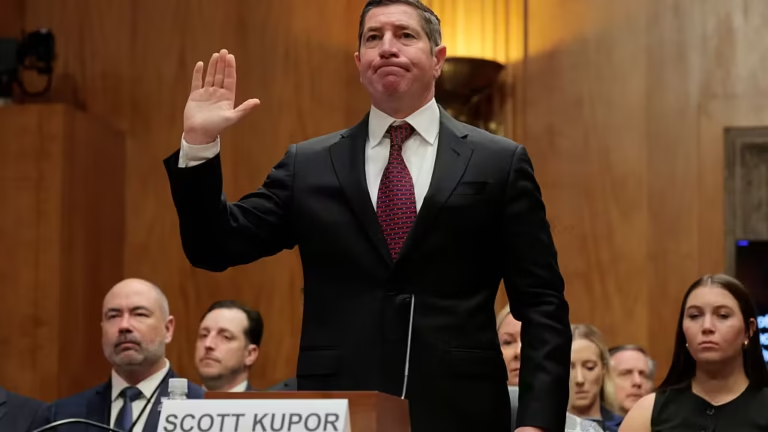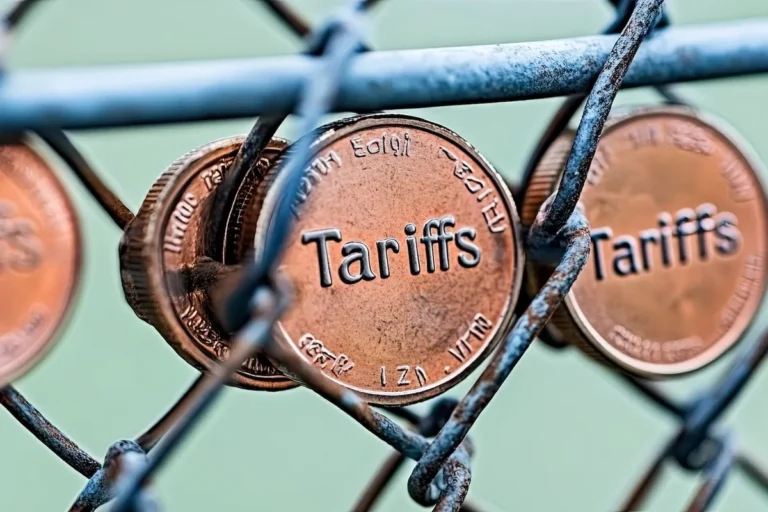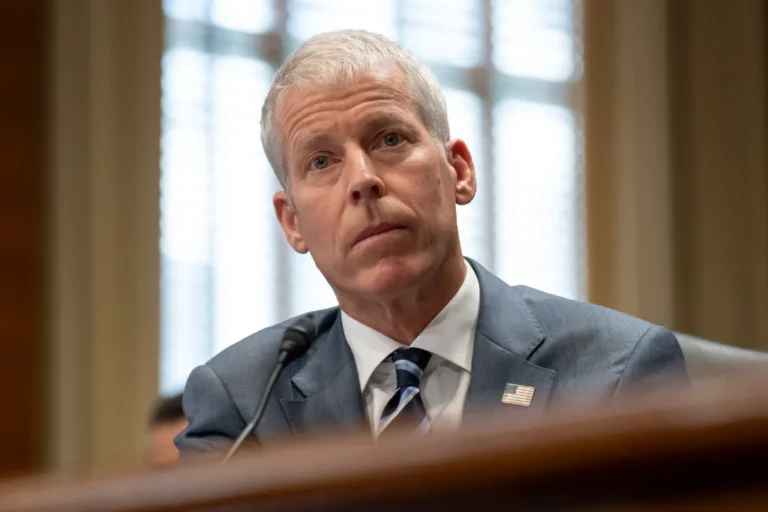Waller Says It’s Time to Ease Policy Amid Cooling Inflation
Fed Chris Waller Supports July Rate Cut, Federal Reserve Governor Christopher Waller signaled on Friday that the Federal Reserve should begin cutting interest rates as early as next month, arguing that inflation is under control and risks to the labor market are growing. In a wide-ranging interview with CNBC, Waller dismissed fears that President Trump’s new tariffs would significantly raise inflation, suggesting policymakers should shift from a holding pattern to action.
“I think we’re in the position that we could do this as early as July,” Waller said on CNBC’s Squawk Box. “That would be my view, whether the committee would go along with it or not.”
Waller, who was appointed by Trump during his first term, has emerged as one of the more dovish voices on the Federal Open Market Committee (FOMC). His remarks were a notable contrast to the Fed’s recent decision to hold rates steady, marking the fourth consecutive meeting without a change since the last cut in December.
Labor Market Concerns Prompt Call for Preemptive Action
Waller stressed the need for proactive rate cuts to prevent further deterioration in the labor market, which he said is showing signs of softening. “If you’re starting to worry about the downside risk to the labor market, move now—don’t wait,” he explained. “Why do we want to wait until we actually see a crash before we start cutting rates?”
He argued that beginning the process with a modest rate cut would allow the Fed to manage any shocks and avoid a more abrupt response later. “Start the process. That’s the key thing,” Waller added. “We’ve been on pause for six months to wait and see, and so far, the data has been fine.”
Trump Pressures Fed to Slash Rates Further
Waller’s comments came amid renewed pressure from former President Donald Trump, who has been publicly calling for deep rate cuts to help manage the $36 trillion national debt and stimulate the economy ahead of the 2024 election. Trump has argued that the Fed’s benchmark interest rate should be at least two percentage points lower, suggesting it should be around 2% instead of the current 4.33%.
In remarks earlier this week, Trump criticized Fed Chair Jerome Powell, calling him “stupid” for not pushing harder to lower borrowing costs. Powell, whose term expires in May 2026, has adopted a cautious tone, maintaining that more data is needed before any decision is made on rate reductions.
Waller, however, downplayed those concerns, noting that even if tariffs from Trump’s trade policies take effect, the inflationary impact will likely be minimal. “It should be a one-off level effect and not cause persistent inflation,” he said.
Fed Split Over Timing and Strategy
While Waller is pushing for a July rate cut, other Fed officials are advocating for patience. San Francisco Fed President Mary Daly, speaking later Friday on CNBC’s Closing Bell, said she prefers to wait until the fall to make any moves.
“I think we want to be thoughtful enough to collect the information,” Daly said. “Unless we saw a faltering in the labor market that was meaningful and persistent, then I would say the fall looks more appropriate.”
Daly also noted that businesses are still adjusting to economic uncertainty and watching for clarity on tariffs and consumer demand. Though she does not vote on the FOMC this year, her remarks reflect the divergence in views across the central bank.
Fed’s Dot Plot Shows Divided Outlook
According to the Fed’s updated “dot plot”, a tool that maps individual policymakers’ expectations for future interest rates, there is significant disagreement over how many cuts should happen this year. Of the 19 participants:
-
7 expect rates to remain unchanged
-
2 project only one cut
-
10 anticipate two or three reductions
The median forecast suggests two rate cuts before the end of 2025, though no cuts have yet been implemented since December.
Inflation Remains Muted Despite Tariff Threats
One key reason behind Waller’s confidence is the recent data on inflation, which has shown little sign of escalation despite concerns over tariffs. Retailers and manufacturers are still drawing down excess inventory, accumulated ahead of the trade policy shifts, which has dampened pricing power and curbed consumer price growth.
“We’ve been on pause for six months, thinking there was going to be a big tariff shock to inflation,” Waller said. “We haven’t seen it. We follow the data.”
Powell, in his post-meeting press conference, also stated that inflation appears to be contained and reiterated that the Fed can continue its wait-and-see approach as long as the labor market holds up.
For more latest news checkout our website: usnewsinsight

